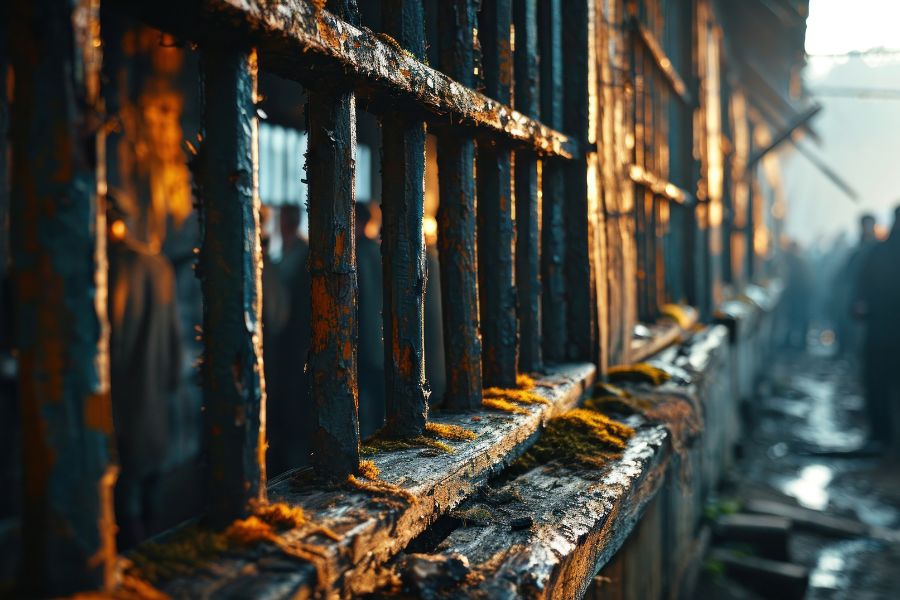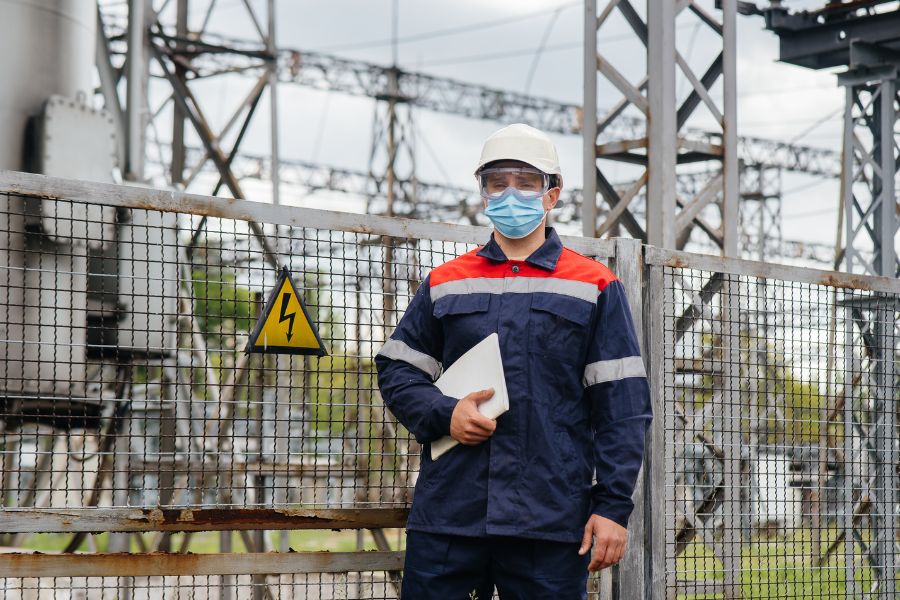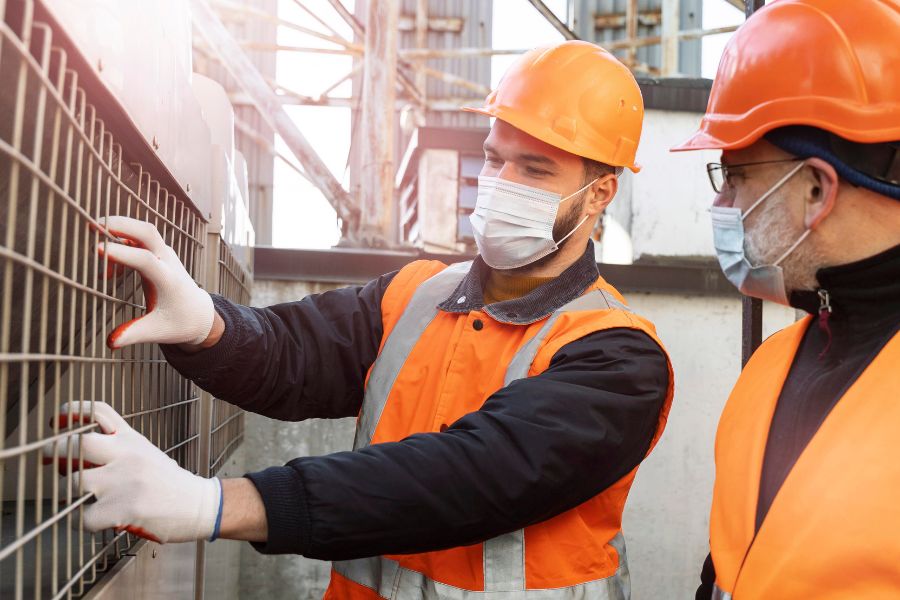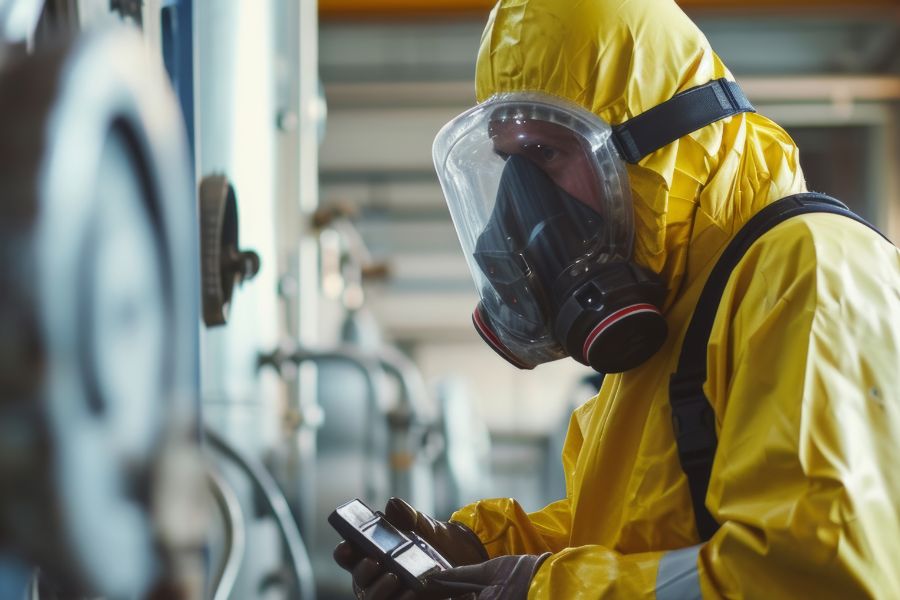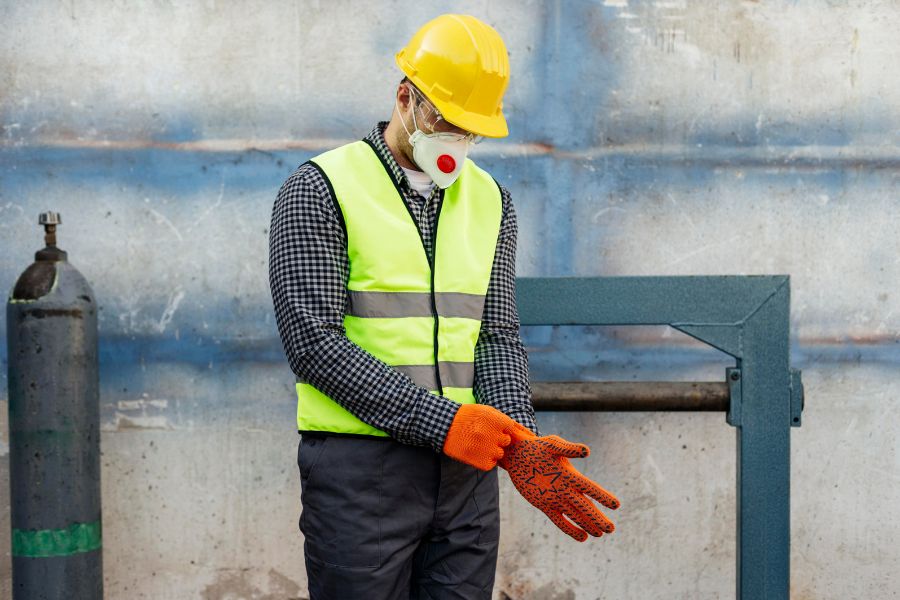Safeguarding Assets: The Role of Cathodic Protection to Prevent Corrosion
Cathodic protection to prevent corrosion is crucial across various industries. It acts as a shield, preserving the integrity and longevity of metallic structures. Understanding its significance requires delving into the basics of cathodic protection and the imperative need to combat corrosion effectively.
Importance of Preventing Corrosion
The importance of preventing corrosion cannot be overstated, particularly in industries reliant on infrastructure and equipment susceptible to degradation. Corrosion not only compromises the structural integrity of metallic assets but also poses significant safety and environmental risks. From pipelines and storage tanks to offshore platforms and bridges, the ramifications of corrosion-induced failures can be catastrophic.
Implementing cathodic protection to prevent corrosion is paramount for ensuring the continued functionality and safety of critical infrastructure. By proactively addressing corrosion, industries can mitigate the adverse effects of deterioration, uphold regulatory compliance, and sustainably manage their assets.
Understanding Corrosion
To get why we need cathodic protection to prevent corrosion, let’s first understand what corrosion is all about. It’s basically when metals react with stuff like water, air, or chemicals and start breaking down. There are different types of corrosion, like rusting, pitting, or cracking, depending on what the metal is exposed to and what it’s made of.
No matter where metals are, be it outside, underwater, or buried underground, they can still corrode. That’s why we need to step in and stop it with methods like cathodic protection to prevent corrosion.
The Effects of Corrosion
Corrosion doesn’t just make things look bad; it can mess with the economy, the environment, and even safety. In places like factories, corrosion can cause machines to break down, leading to lost money and possible legal problems. And if corroded structures start leaking dangerous stuff, it’s bad news for both nature and people’s health. That’s why it’s important to use cathodic protection to prevent corrosion wherever possible.
What is Cathodic Protection?
Cathodic protection to prevent corrosion is a method used to stop metal surfaces from rusting or corroding. It works by making the metal the cathode (the negative electrode) in an electrochemical cell. This basically means it flips the process of corrosion on its head, stopping it in its tracks. The idea behind it is simple: when you have two different metals touching each other in a liquid (like water), the more reactive metal tends to corrode first, protecting the less reactive one. So, cathodic protection takes advantage of this natural process to keep valuable stuff safe from corrosion damage.
Types of Cathodic Protection Systems
Sacrificial Anode Method: In the sacrificial anode method of cathodic protection to prevent corrosion, you attach a more reactive metal (like zinc or magnesium) to the metal you want to protect. This sacrificial metal corrodes instead of the protected one, basically taking one for the team and diverting the corrosion away from the important metal. This method is commonly used in places like marine environments, pipelines, and underground storage tanks.
Impressed Current Method: The impressed current method of cathodic protection, on the other hand, uses an external power source to generate a direct current. This current is used to make the metal structure to be protected the cathode in the electrochemical cell. It’s a bit like giving the metal a power-up to fend off corrosion. This method is great for big structures like bridges, ships, and offshore platforms because you can control the flow of current to give just the right amount of protection, keeping corrosion at bay.
Benefits of Cathodic Protection
Prolong Equipment and Structure Lifespan: Cathodic protection to prevent corrosion is like a shield for metal structures and equipment, helping them last longer in harsh environments. It works by putting a negative charge on the metal’s surface, which stops the reactions that cause corrosion. This proactive approach not only keeps assets safe but also saves a lot of money in the long run by avoiding early replacements.
Reduces Maintenance Costs: Another big benefit of cathodic protection is how it cuts down on maintenance costs. Traditional ways of dealing with corrosion mean lots of inspections, fixes, and swapping out parts, all of which can add up to big bills. But cathodic protection is a smarter, low-maintenance solution. It means less downtime and better performance for equipment. With cathodic protection systems in place, industries can spend their money more wisely, focusing on their main activities while avoiding the financial headaches of corrosion-related maintenance.
Ensures Operational Reliability: Operational reliability is super important for industries that rely on their infrastructure. Cathodic protection plays a key role here by keeping assets running smoothly. By stopping corrosion from causing failures and weakening structures, it makes sure that operations can keep going without interruptions. Whether it’s oil and gas facilities, marine setups, or underground tanks, having cathodic protection systems gives peace of mind about asset integrity. That means less chance of unexpected downtime and the losses that come with it.
Applications of Cathodic Protection
Oil and gas Pipelines: In the oil and gas industry, cathodic protection plays a vital role in keeping pipelines safe from corrosion. Pipelines are spread across various environments, and they need protection to prevent corrosion. Cathodic protection systems are carefully planned and put in place along these pipelines. They work using sacrificial anodes or impressed current systems, which stop corrosion and maintain the pipelines in good condition. Applying cathodic protection to prevent corrosion helps lower the chances of leaks, spills, and harm to the environment, making sure that the transportation of hydrocarbons is safe and efficient.
Marine structures: Marine structures, like offshore platforms and ship hulls, face a big risk of corrosion because they spend a lot of time in harsh marine conditions. Cathodic protection is like a strong shield against corrosion for these structures. It’s done using sacrificial anodes or impressed current systems, which counteract the damaging effects of seawater. This helps keep marine structures strong and durable over time, even with constant exposure to the sea.
Underground storage tanks: Underground storage tanks (USTs) are prone to corrosion, which can be dangerous for the environment and safety if not dealt with. Cathodic protection is commonly used to reduce the risk of corrosion in USTs. This ensures that the liquids stored in the tanks remain safe and prevents contamination of the soil. By setting up cathodic protection systems, UST operators can follow regulations and decrease the chance of problems related to corrosion.
Implementation of Cathodic Protection Systems
Design Considerations
When setting up cathodic protection to prevent corrosion, it’s crucial to pay close attention to how it’s designed. The system needs to be customized for the specific structure or thing it’s safeguarding. Things like what materials are used, the environment it’s in, and how quickly it might corrode all factor into deciding what kind of cathodic protection to use. Engineers use math models and simulations to make sure they’ve got the design just right, ensuring it fights off corrosion effectively for as long as the thing it’s protecting is in use.
Cathodic protection to prevent corrosion works by using a kind of chemical reaction. The thing you’re protecting acts like a sponge soaking up the bad stuff (electrons), while either a special metal block or an electric current system provides the electrons to stop the bad stuff from damaging the thing. The design has to be just right, making sure it protects the thing well without messing up how it looks or works.
Installation Process
Once the planning is done, it’s time to put in the cathodic protection system. This step involves placing and connecting the special metal blocks or electric sources in specific spots around the thing being protected. For things buried or underwater, the metal blocks or electric sources are buried or put underwater alongside it. If it’s above ground, the blocks might be mounted directly onto it.
During installation, being super careful with every detail is really important to make sure the cathodic protection system works well and lasts a long time. Making sure everything’s properly insulated and connected up right stops any extra electric currents from causing problems and ensures the whole thing gets protected equally. Also, doing lots of quality checks helps catch and fix any mistakes before they mess up the protection system.
Monitoring and Maintenance
Keeping an eye on the cathodic protection system regularly is super important to stop corrosion. Engineers use special tools like reference electrodes and potential probes to check how well the system’s working and spot any issues early on.
Routine upkeep might mean swapping out old metal blocks, tweaking how much electric current is being used, or fixing anything that’s broken. Plus, doing checks now and then to make sure everything’s still working as it should gives valuable info for making sure the protection system’s doing its job properly and stops any potential corrosion spots from becoming big headaches later on.
Case Studies
Successful Applications of Cathodic Protection
Real-life stories show how cathodic protection stops metal from corroding in different industries. Take the oil and gas sector, for example. They use cathodic protection systems to keep underground pipes safe from corrosion. This helps keep the flow going smoothly and reduces harm to the environment. Similarly, in places like the ocean, cathodic protection is vital for keeping offshore platforms and underwater structures intact against the corrosive power of seawater.
Lessons Learned from Failures
Even though cathodic protection works well, it can still fail, and that can cause big problems if not fixed. Looking at cases where cathodic protection failed teaches us some valuable lessons. It tells us that having a good design, installing things correctly, and keeping an eye on maintenance are crucial. Problems like not enough coverage from the protective anodes, poor electrical isolation, or not watching things closely enough can all lead to damage and expensive fixes or replacements.
These examples highlight how using cathodic protection to prevent corrosion is vital in various industries.
Future Trends and Innovations
Advances in Cathodic Protection Technology
In the realm of cathodic protection to prevent corrosion, there are exciting advancements on the horizon. One big step forward is the smarter technology we’re integrating. We’re talking about sensors and monitoring systems that give us real-time data on how well structures are protected. This means we can stay on top of maintenance and make precise adjustments to keep everything in top shape. By using things like IoT and data analysis, engineers can fine-tune protection strategies, stopping corrosion while using less energy and being kinder to the environment. This blend of tech not only makes cathodic protection better but also helps us manage infrastructure more sustainably.
Another area where we’re seeing progress is in the materials we use for cathodic protection. Think advanced coatings and super-tough alloys that resist corrosion and last longer. These materials mean structures stay protected for longer, and we spend less on maintenance. And then there’s the move toward renewable energy, like solar power, to run cathodic protection systems. It’s a greener option that’s catching on fast, especially as people want more sustainable ways to keep infrastructure safe.
Potential Areas for Improvement
But despite all these advancements, there’s still room for improvement in cathodic protection. One big challenge is making it more affordable and practical, especially for big projects. Right now, setting up and maintaining cathodic protection systems can be pricey, which puts them out of reach for some places, especially in developing areas. If we can figure out ways to cut costs and make things more standardized, we can make cathodic protection accessible to more people, which means better protection for more structures.
Plus, we need to get better at working together across different fields. Corrosion prevention isn’t just a one-discipline job. We need input from materials experts, electrochemists, and civil engineers, among others. By teaming up and sharing knowledge, we can come up with solutions that tackle corrosion from every angle. This teamwork is crucial as we face new challenges like corrosion caused by microbes and faster degradation in tough environments.
FAQs: Frequently Asked Questions
1. What is cathodic protection to prevent corrosion, and why is it important?
- Cathodic protection to prevent corrosion is a method used to shield metal surfaces from rusting or corroding by making them the cathode in an electrochemical cell. It’s crucial because corrosion compromises the integrity of metallic assets, leading to safety hazards and environmental risks, particularly in industries reliant on infrastructure and equipment.
2. What is cathodic protection, and how does it work?
- Cathodic protection to prevent corrosion is a method used to make the metal structure the cathode (negative electrode) in an electrochemical cell. This process essentially reverses the corrosion reaction, protecting the metal from degradation. It utilizes sacrificial anodes or impressed current systems to divert corrosion away from the protected metal.
3. What are the benefits of cathodic protection to prevent corrosion?
- Cathodic protection prolongs the lifespan of equipment and structures by preventing corrosion, thus saving money on replacements and reducing maintenance costs. It ensures operational reliability by preventing failures and downtime, particularly in industries reliant on infrastructure. Additionally, it helps uphold environmental and safety standards.
4. What are the future trends innovations and technology in cathodic protection to prevent corrosion?
- Future advancements and technology in cathodic protection to prevent corrosion include the integration of sensors and monitoring systems for real-time data analysis, the use of advanced materials resistant to corrosion, and the adoption of renewable energy sources such as solar power for system operation.
Closing Insights
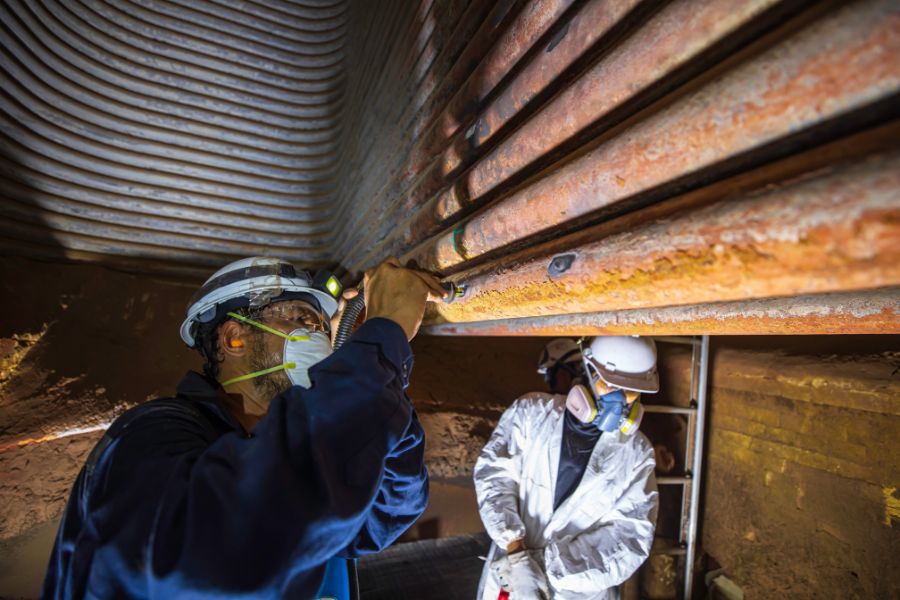
In conclusion, the significance of cathodic protection in averting corrosion cannot be overstated, particularly in fortifying our infrastructure against the ravages of rust and decay. Much like a resilient shield, cathodic protection safeguards our bridges, pipelines, and buildings, prolonging their lifespan substantially. At Corcon, the Institute of Corrosion, we understand the paramount importance of this technology and offer comprehensive courses in cathodic protection. With continuous advancements in technology and materials, coupled with collaborative efforts and knowledge sharing, the horizon of cathodic protection appears exceedingly promising. Embracing innovation ensures that our vital infrastructure remains resilient, reliable, and environmentally sustainable for generations to come.
Image Reference: Freepik
Disclaimer: All trademarks, logos, and brand names are the property of their respective owners. All company, product, and service names used in this website are for identification purposes only. Use of these names, trademarks, and brands does not imply endorsement.
